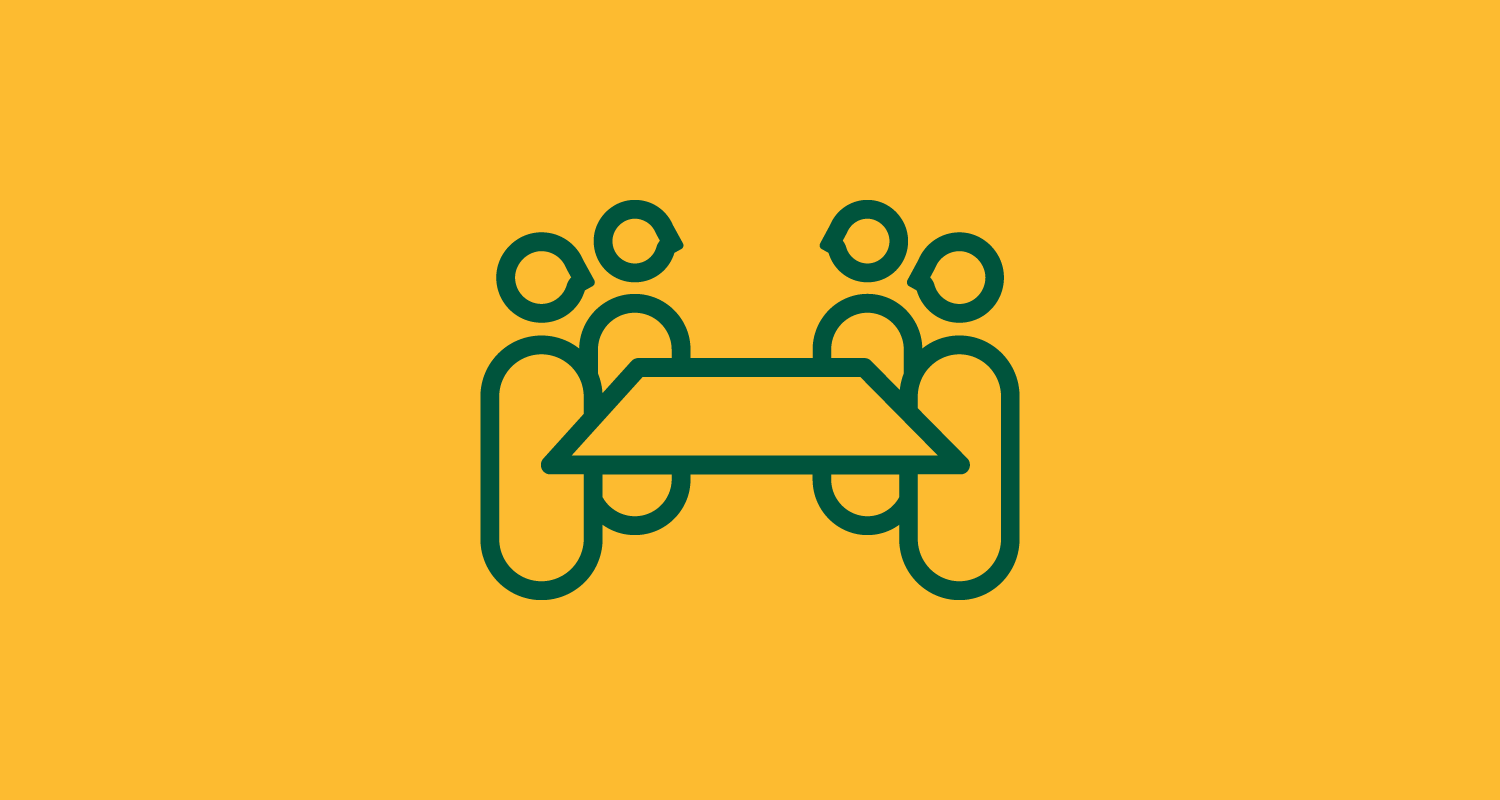In-Person Teaching Toolkit
Teaching an In-Person course this semester? We're here to help.
In-person instruction is a traditional method of course delivery where all students meet in-person. In some cases for the fall 2021 semester, you may have cohorts of student who attend in-person or hold synchronous sessions on alternating days.
Course Design
Is this your first time teaching an in-person class since March 2020? Here are five strategies to help you cultivate a technology-enhanced active learning community:
- Incorporate Universal Design for Learning (UDL) principles in your teaching to reduce barriers in instruction and provide multiple ways for students to engage with course materials and content.
- Take what you've learned and practiced during remote instruction, and use this as an opportunity to rethink your learning objectives and outcomes. What should students expect to learn throughout the semester?
- With your list of revised learning outcomes, begin the process of backwards course design—identify what students should take away and plan learning experiences accordingly.
- Plan for emergencies in the event of a campus closure: Start considering alternative activities, such as recording lectures, teaching via Zoom, and tasks to be completed asynchronously. Check out Teaching Through Emergencies for more tips »
- Incorporate multimedia and educational technologies in your teaching. Consider scheduling a consultation with ETS »
Course Facilitation
Student-centered learning encourages students to take responsibility for their own learning—share in decision-making, practicing leadership skills, and enjoying the learning process. This may be challenging to think about as you and your students return to the classroom at scale for the first time since the start of the pandemic while facing concerns about personal and public safety.
Here are practices in remote instruction that you may consider bringing to your in-person sessions:
- Providing lecture materials and/or recordings to your students to review outside of class time
- Encourage students to form study groups and collaboratively create lecture or reading notes
- Incorporate informal assessments, such as live polling with Poll Everywhere
- Add opportunities for students to check in with you and fellow students about how they're doing
Student Engagement
Here are some suggestions on how to break the ice and engage all your students:
- Invite a guest speaker to class, either in-person or via Zoom, and have students prepare questions in advance
- Use Google shared documents to join in learning games or analyze case studies
- Incorporate the "beach ball" method and provide conversation starters to avoid cold-calling on students
Need more suggestions? Request a consultation with the Instructional Design team.
Assessing Student Learning
What are your current assessment strategies? How can you scaffold the learning process for students to be successful in your class, regardless of how they're participating? Determine if your assignments align to your course learning objectives. Here are some suggestions for assessing student learning:
- Review formative assessment strategies to gather real-time feedback
- Hold individual or group student conferences to check in about assignments
- Create concept maps with tools like Mural and Google Docs
- Assign peer reviews to students on major assignments
Resources Curated by the Instructional Design Team
- Register for an Instructional Design Workshop »
- Learn more about educational technologies supported at USF »
- EDUCAUSE. (2021). 7 Things You Should Know About... Mental Health and Higher Education. Access the PDF »
- Glantz, E., Gamrat, C., Lenze, L., & Bardzell, J. (2021, March 16). Improved student engagement in higher education’s next normal. EDUCAUSE. Access the article »
